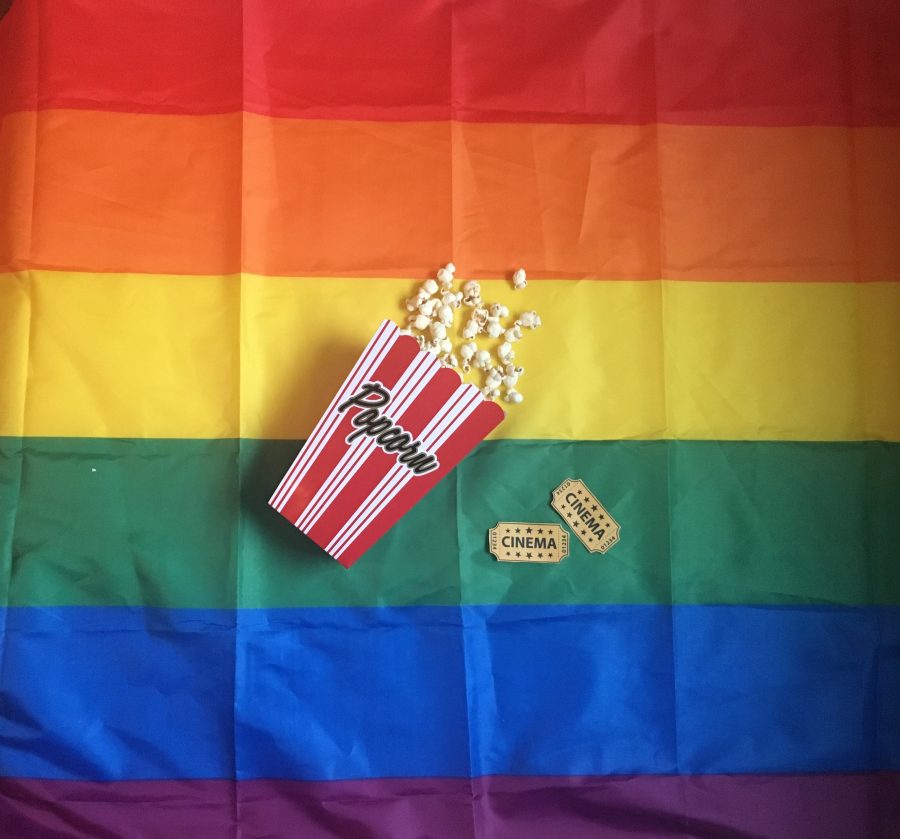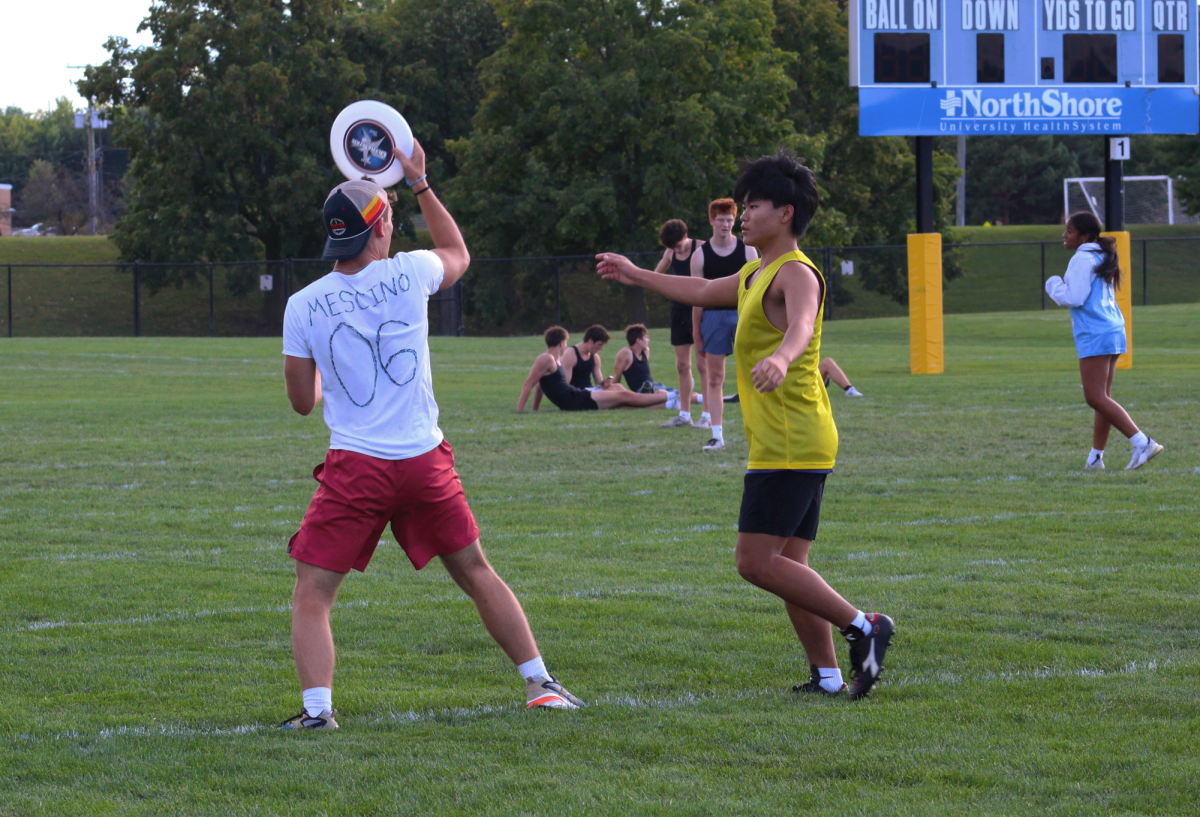By Jenna Koch, entertainment editor
*Name changed for confidentiality
Only 48 percent of teenagers identify as “exclusively heterosexual,” according to trend forecasting agency J. Walter Thompson Innovation Group. This percentage came from a study which asked teenagers to rate their sexuality on a scale from zero to six, zero being exclusively straight and six being exclusively gay. According to the study, over a third of teenagers chose between one and five, meaning they were bisexual to some degree. While LGBT teens now make up the majority, the media we watch does not parallel.
According to GLAAD (Gay and Lesbian Alliance Against Defamation), an LGBT media organization, in 2014, 17.5 percent of major studio films included characters that represented the LGBT community, the majority of which were white gay males. While this number has gone up to 18.4 percent as of 2016, GLAAD reported that many of the characters were poorly represented and often used as a punchline.
Their measure for good representation is the “Vito Russo Test,” which states that a movie must have one identifiable LGBT character, their personality isn’t solely their sexuality and their death or absence would be significant to the other characters. GLAAD found that only 7 out of the 17 movies with LGBT characters passed this test in 2013.
While only 4.1 percent of Americans identify as LGBT according to analytics company Gallup, this percentage doesn’t account for those who aren’t open about their sexuality yet. The study also found that women were more likely to identify as LGBT, and white people had the least amount of LGBT members.
Junior Victoria Foort, who is LGBT, wants to see more transgender characters as well as people of color, since she believes those groups are very underrepresented in every aspect of media. Senior Emily Dibenedetto, who is also LGBT says she usually often sees LGBT people represented by a sassy white boy.
Junior Julienne Vargas is also LGBT and enjoyed the 2013 comedy movie “GBF,” which stands for gay best friend. He felt that, because it was a comedy movie, they made it seem like everyone needs a gay best friend, but at the end of the movie explained that being gay is not a joke and that was not their intention with making the movie.
He also agrees with Dibenedetto that many gay characters are very feminine, but thinks that in newer movies that stereotype is fading away.
In newer films such as “Love Simon”, which came out March 16, and “Call Me by Your Name” (CMBYN). which came out Jan. 19, the plot focuses around the romantic aspects of the character’s relationships, instead of including LGBT characters as supporting characters.
Vargas is excited to see “Love Simon,” not only because it’s a romance movie but because he wants to see characters he can relate to.
“I think it’s really important that people can make these connections [with characters],” Vargas said. “It’s nice for me because I feel like I’m not forgotten.”
Dibenedetto feels the same way and thinks that any type of romance movie can reach a lot of people, but LGBT ones in particular are really important for the LGBT community.
“I think seeing an LGBT couple just helps normalize it a lot and it makes other younger LGBT kids feel like their love stories can still be told,” Dibenedetto said.
Sophomore Jowita Warias is straight, but she still really enjoyed CMBYN because of the well-developed romance. She believes that a lot of LGBT media focuses on possible conflicts preventing romance, such as AIDS or homophobic family members. CMBYN avoided those cliches and presented the conflict in a different way.
“In [CMBYN, it’s literally just two guys that are in love, and there’s nothing going against them,” Warias said. “There’s no negative turn that happens. It’s just kind of a love story.”
Foort also notices something similar, but more that LGBT films often have similar plots where the character comes out, struggles with those who don’t accept them and then goes on with their life, which she saw in movies such as “4th Man Out,” “Handsome Devil” and many others. However, she still enjoyed these movies.
She wants to see more movies where the plot doesn’t focus on the fact that a character is LGBT, but rather that it just so happens that the character is, so the movie isn’t so focused on one aspect of that character.
There are many other problems LGBT films run into, but CMBYN specifically had one that caused a lot of controversy.
Warias and Foort both enjoyed CMBYN, but they felt the age gap was off-putting. The ages of the two main characters are 17 and 24, while the corresponding actors’ ages are 22 and 31.
“It looks a lot creepier than it’s supposed to be, but I think that’s the actors and not the story itself,” Warias said.
Warias also thought the ending of the movie was a lot different than the ending of the book, which she believed had a lot of meaning in their relationship. While she still enjoyed the movie, she felt that changing a lot of the end took away from the story.
“Love Simon” came out in theaters on March 16 and is based on the book “Simon vs. the Homo Sapiens’ Agenda,” by a straight woman, Becky Albertalli. The fact that is was written by a straight women has gotten backlash from some LGBT people, but LGBT Senior Annie Johnson* thinks it’s not as of a big deal as it seems because Albertalli talked to different LGBT members before she wrote her book. Johnson believes getting insight on what being LGBT is like before writing about it is important for media producers to do.
“While [an LGBT person’s experiences] might be exclusive to that person, it’s an experience all the same,” Johnson said.
Johnson believes these movies are far from perfect, she also thinks proper representation is always a step forward for the LGBT community.
“It’s unhealthy for a 17 year old to be with a 24 year old … but I still enjoyed the movie because there’s representation, and it’s really important to see that representation,” Johnson said.
Categories:
LGBT movies spark conversation
March 20, 2018
0
Donate to ProspectorNow
This coming fall, we plan on traveling to the 2025 National High School Journalism Convention in Nashville, Tennessee, where we'll learn from professionals and get better at what we do: making the best multimedia student journalism in the state. If you've ever found anything of worth on this website, please consider donating to offset the cost.






































































